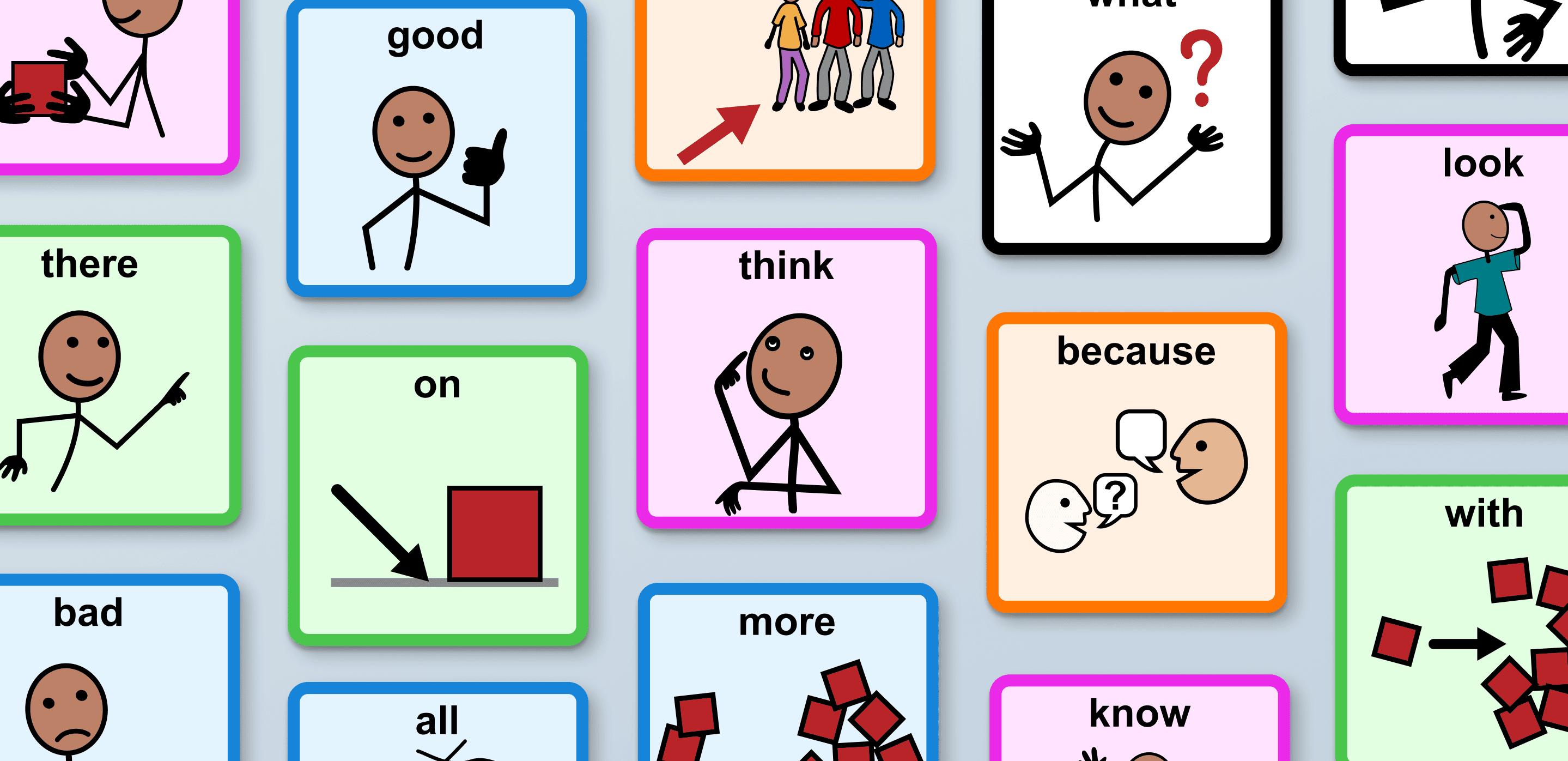
Overview
In the journey to empower children with autism to communicate effectively, parents often encounter unique challenges, particularly during the critical early stages of using Augmentative and Alternative Communication (AAC) systems. One key stage in this process is Modelling. This is where caregivers guide children in associating symbols and images with words to develop language skills. Modelling can be demanding, requiring the right tools and strategies to seamlessly integrate AAC into everyday interactions.
| ROLE | Product Designer |
| Process | UX Research, Prototyping, User Testing, Wireframing, Iteration, Visual Design. |
What’s the goal?
Access relevant Picture Exchange Communication Symbols (PECs) on demand with ease, flexibility, and speed in mind. This tool provides a dynamic search function to aid with the Modelling stages of training individuals to use an AAC.
Background & Motivation

As a parent of a nonverbal autistic child, I understand firsthand the challenges of facilitating effective communication and connection. My son’s journey with autism has opened my eyes to the incredible potential of what could be possible. Watching him struggle to make his thoughts and needs known has been both a deeply personal challenge and a motivating force in my work.


AAC (Augmentative and Alternative Communication) devices have offered a way to bridge the gap for my son and many other individuals with communication impairments. Modelling is the initial phase of AAC use and is often a significant hurdle. In my experience and conversations with other parents, I found that the process of modelling words and phrases on AAC devices can be hard to navigate. This leads to gaps in communication and a great deal of frustration.
Problem Statement
Problem Statement
Parents and caregivers of nonverbal children face challenges in quickly finding the right images or words on AAC devices. Key moments to model language that supports the child’s communication development are often missed.
Hypothesis
We need an AAC app designed to streamline the modelling process with a fast, intuitive search feature. This must include an easy way to combine and display relevant pictures so individuals can learn from everyday interactions. Caregivers will be able to model language more effectively, resulting in an increase in communication opportunities and improved engagement from nonverbal children learning to use AAC.
Competitor Analysis
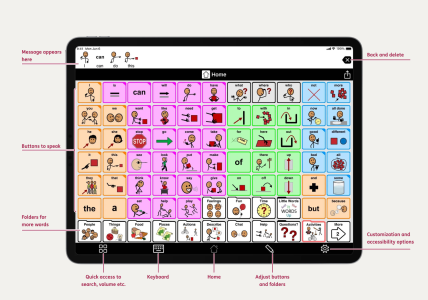
Proloquo2Go
Proloquo2Go is a leading AAC (Augmentative and Alternative Communication) app for iOS that enables non-speaking individuals to communicate effectively. It offers extensive customisation and accessibility features, allowing users to progress from single words to full sentences with its library of over 27,000 symbols. The app supports multiple languages and includes natural-sounding voices, catering to diverse communication needs.

Target Audience
The target audience for this AAC support tool encompasses a wide network of individuals dedicated to helping nonverbal children communicate. Primarily designed for parents and caregivers, the app simplifies the modeling process, making it easier to integrate AAC into everyday interactions. Therapists and teaching assistants (TAs) can also use the tool to reinforce language development goals and support consistent learning across different settings.

My Design Solution
My solution is a cross-platform web app designed to make accessing Picture Exchange Communication (PEC) symbols fast, intuitive, and effective. The app offers a user-friendly interface that enables anyone with an internet connection to quickly find and display PECs in real-time. This empowers parents, caregivers, and educators to model language seamlessly at every opportunity, ensuring that no moments for communication is lost.

Key Features
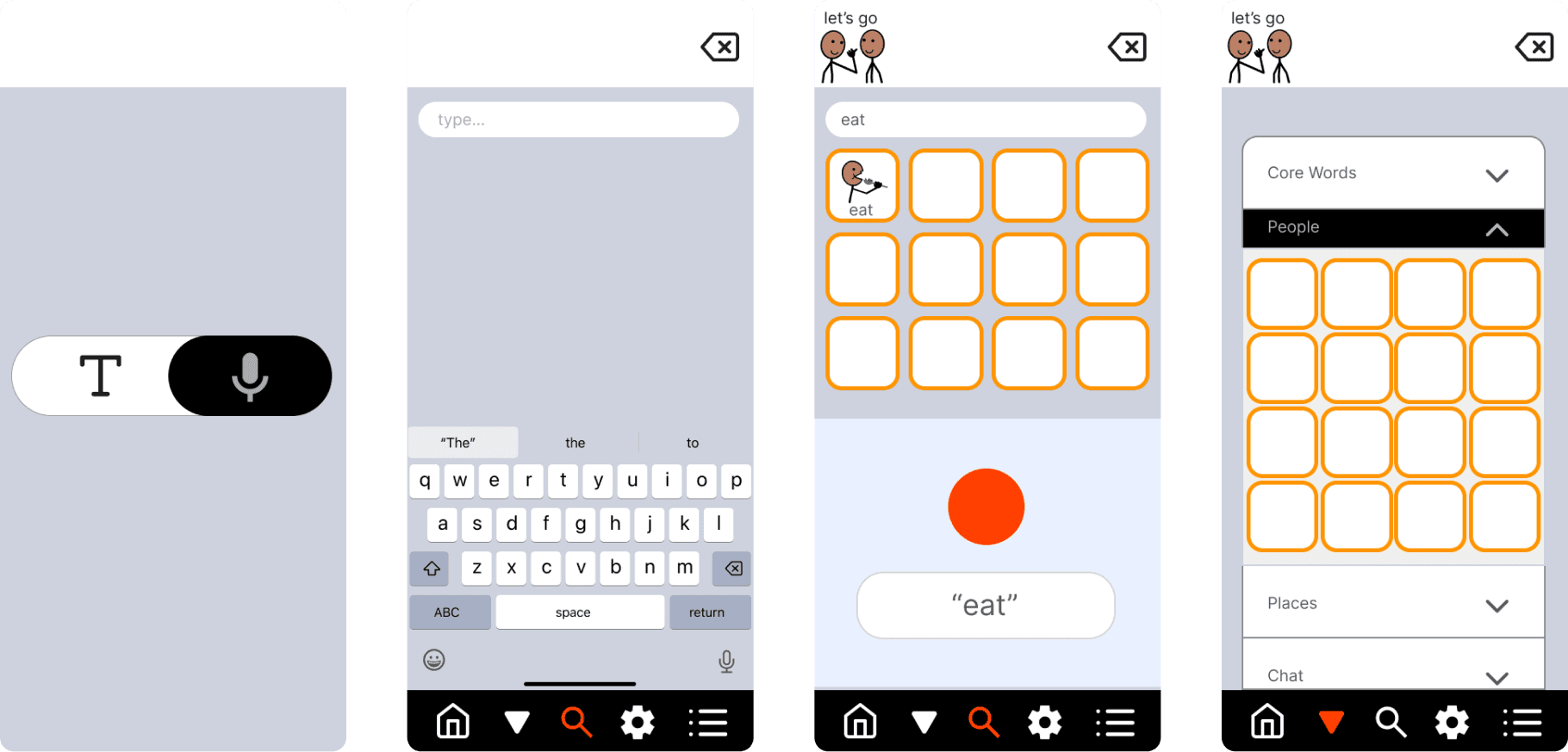
Development Process
This app was inspired by years of personal and secondary research into autism, combined with invaluable insights from parent coffee mornings at my son's autistic school. Conversations with speech and language therapists, occupational therapists, teaching assistants, and other experts revealed a significant gap in AAC Modelling tools. I redesigned the interface to address these challenges, incorporating features like enhanced search functionality, PEC categorisation, and prediction based on user history. Using React, I built an MVP that enables users to search PECs via voice or text, dynamically display results, and save combinations for repeated practice.
Next Steps...
Moving forward, I plan to conduct in-depth user interviews to uncover additional insights and address pain points that may not have been apparent during the initial development phase. By integrating these findings into a comprehensive UX/UI design process, I aim to refine the app’s functionality and usability to better serve the needs of AAC trainers and learners. This iterative approach will ensure the product is not only innovative but also deeply aligned with the real-world challenges faced by its users.
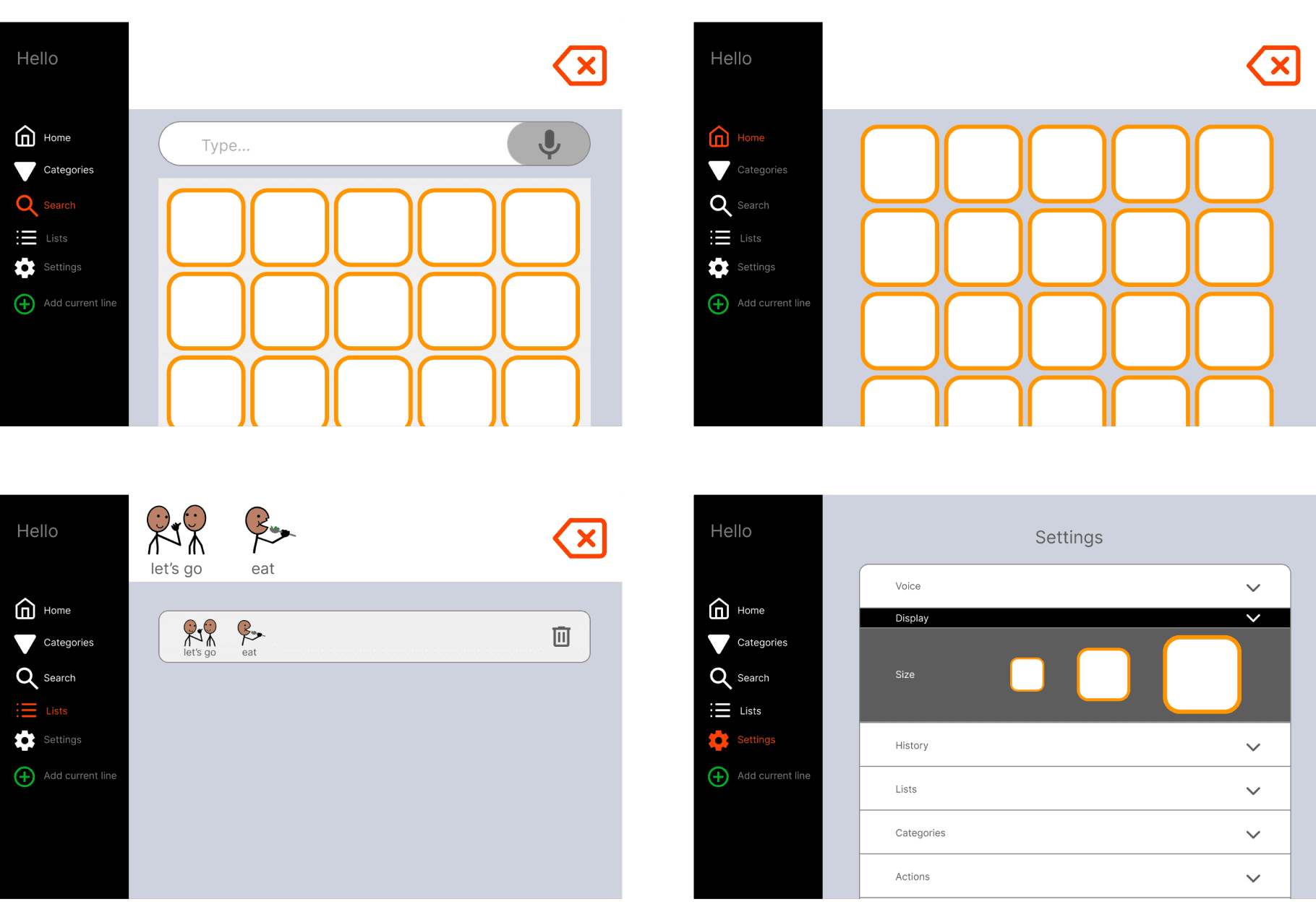
Other Work
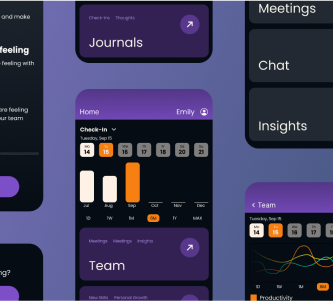
Elevate4
A transformative web application designed to enhance team dynamics and foster organisational growth
View Case Study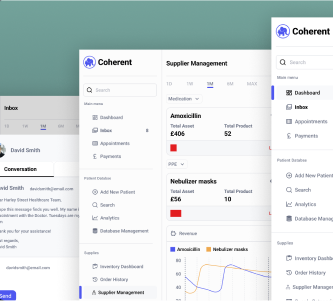
Coherent
A multi-channel inbox for communications on Gmail, Watsapp and Messenger for healthcare reception teams.
View Case Study